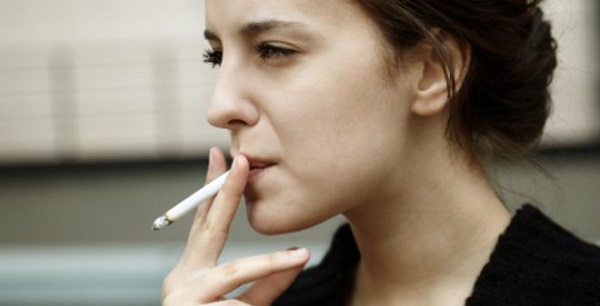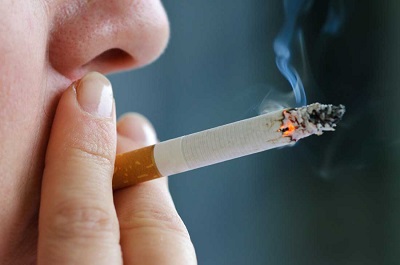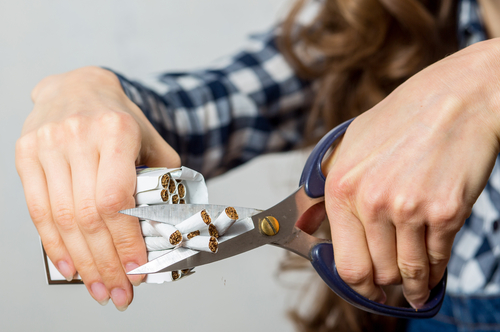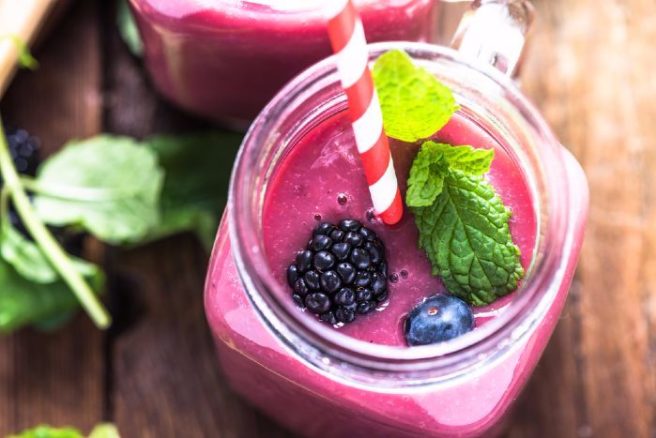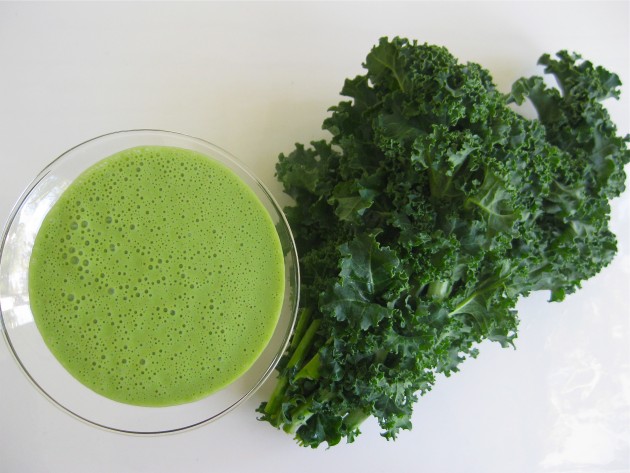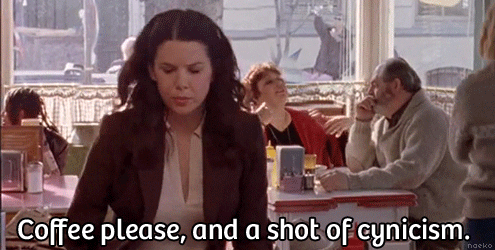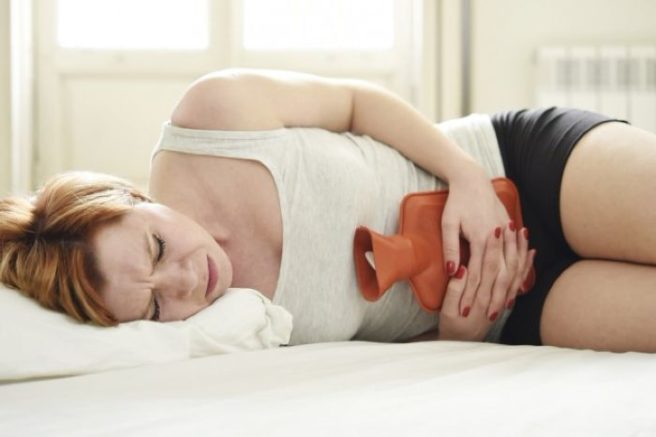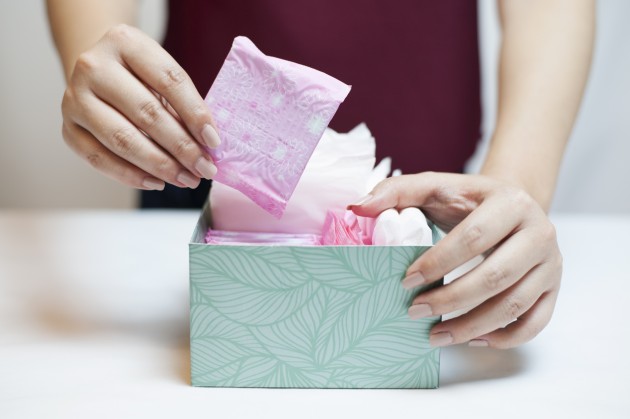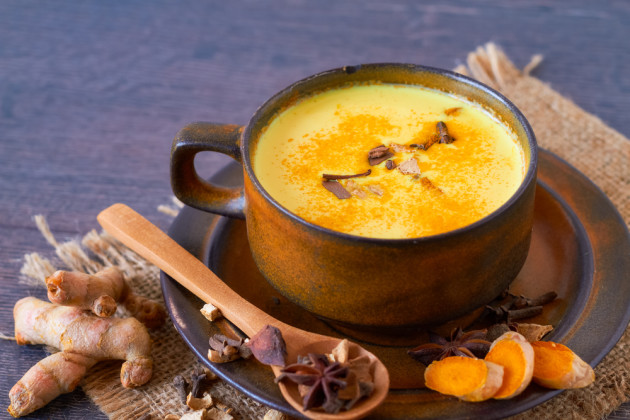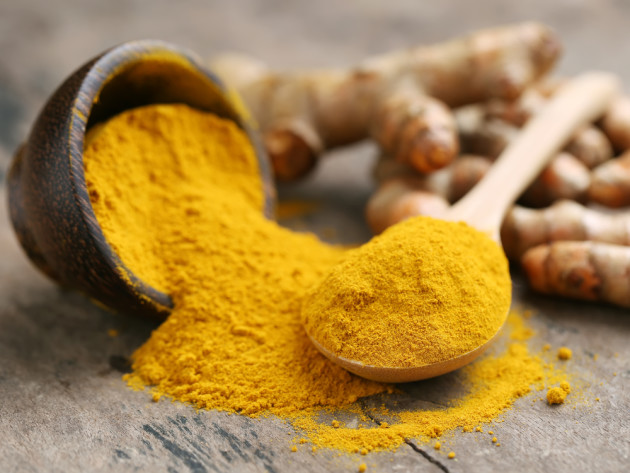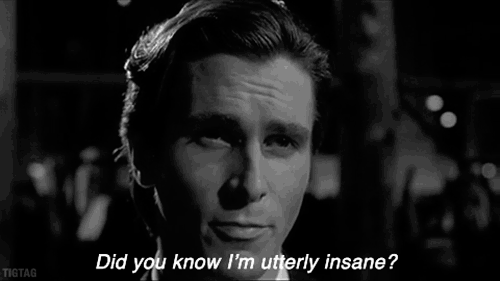
Guests spill what they really care about during a wedding
It's no surprise that a bride's wedding day doesn't go exactly like the movies.
A realistic wedding day meets somewhere in between a Disney movie and a Don't Tell the Bride episode.
“Here Comes the Bride” down the aisle, lined with watchful guests turned in their seats to see the big white dress trail to the tune.
Tulle is draped in sweeping loops along pews filled with family and friends, as the church whispers promises of a happy ever after.
Today had been the most stressful and the most wonderful day of the bride's life. The wrong flowers line reception tables facing the wrong DJ booth.

Her dream band had cancelled last minute, and they were forced to hook up her niece's iPhone to the church speakers for the ceremony music.
She takes it all in as she puts one heel in front of the other: the incompetence of professionals, the coffee staining her veil, her mum-in-law’s audacity to wear white, the utter frustration of the whole day.
And, like all the movies, the minute she lays eyes on the man waiting for her at the alter, all the details melt away.
But what are her guests thinking as they watch from their wooden seats, shoulder to shoulder, as the ceremony unfolds?
It turns out guests have ranked these thoughts from most to least enjoyable during a recent study conducted by American Express.

The most important priority ranked was the other guests, with 44% of wedding attendees agreeing the guest list was vital to their happiness. They said that they must know those in attendance well enough and enjoy their company.
Secondly, was good weather at 42%, of course, for that could potentially ruin the whole event if they were expected to mingle and dance in an outdoor venue.
Surprisingly, how well they knew the groom or bride was only voted third at 41%. It seems family and friends thought the couple's compatibility was less important than their experience at the ceremony.
The venue and catering followed fourth and fifth at 38% and 37% during the survey.

Unlike the bride, guests stated that the smaller details made less of a contribution to the big day:
1. Favours or goody bags– 5 per cent
2. The speeches – 10 per cent
3. Being able to bring children – 10 per cent
4. Being able to bring a plus one – 13 per cent
5. Meeting new people – 13 per cent.
So, for those of you planning your perfect wedding, it is nice to know that the little things like enough space for a plus one or hand-crafted goody bags are not as important as you thought.
Phew! You can devote your time to the big things and, we would recommend, drafting up a drama-free guest list.









